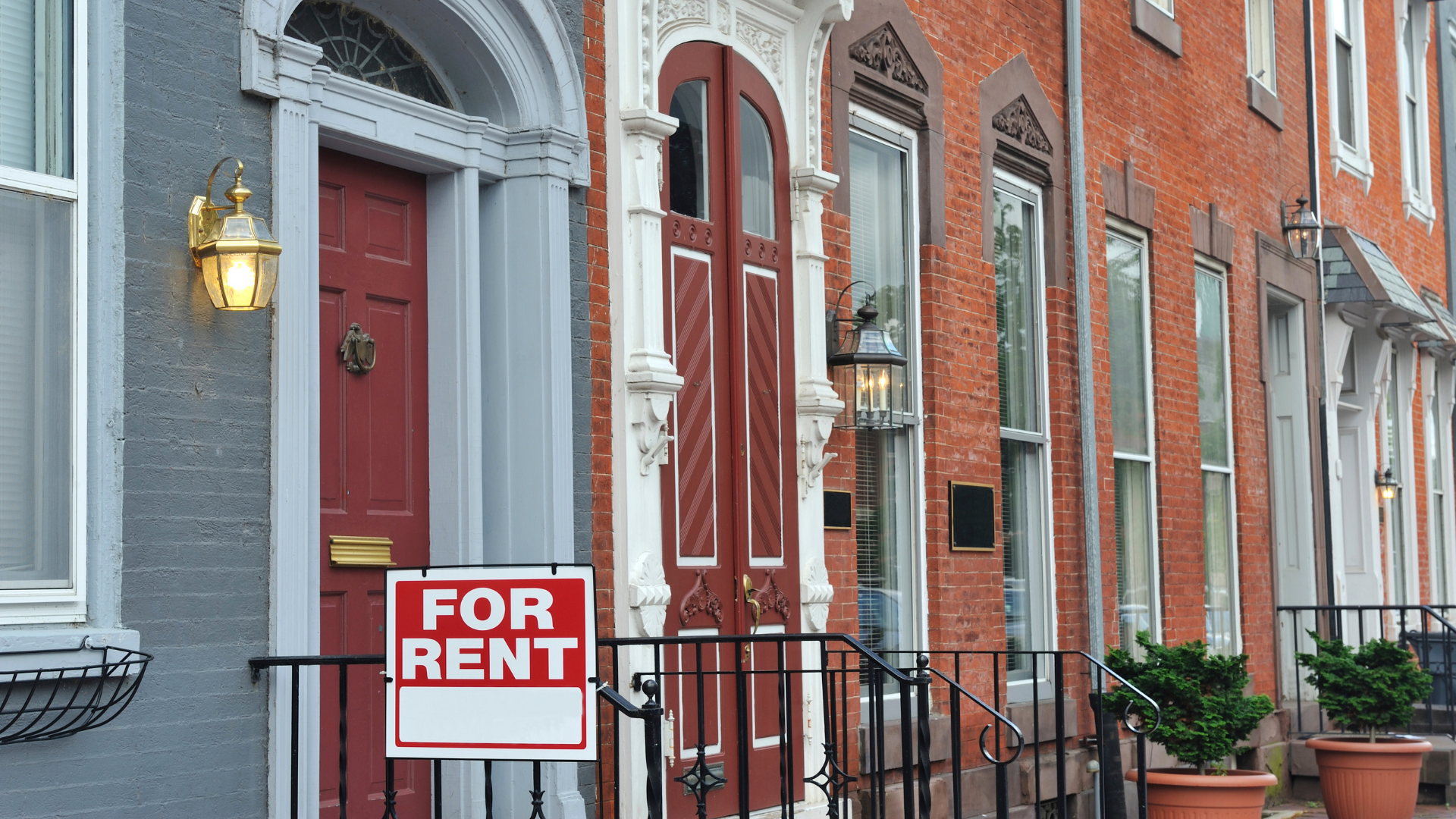Switching To Buy-To-Let Mortgage: A Quick Guide

Did you know many homeowners in the UK are turning their current homes into rental properties?
If you’re thinking of doing the same, changing your mortgage to a buy-to-let might be your next step. This move can turn your property into a source of income, especially if you’re moving and not ready to sell.
With the right approach, you could secure a financial future that benefits from both property value increases and rental earnings.
Let’s walk through how you can make this switch easily and what you need to know to get started.
What Is a Buy-to-Let Mortgage and Who Needs It?
A buy-to-let mortgage lets you borrow money to buy a property you plan to rent out. It’s ideal if you’re eyeing property investment.
This option suits those moving to a new home but wishing to keep their old one as a rental property.
It also works well if you have an unused property and are considering becoming a landlord.
In short, if property rental sounds like your next venture, a buy-to-let mortgage could be your key.
When Is Switching To A Buy-To-Let Mortgage A Good Idea?
There are plenty of reasons you might think about moving from a regular mortgage to a buy-to-let. Here are some scenarios where it makes sense:
- You’re moving out for work or lifestyle reasons but you don’t want to sell your current home.
- You want to turn your property into a profitable asset and earn rental income.
- You want to use your existing property to begin building your investment portfolio–as this is the simplest way to start.
- You have an inherited property and you’re still unsure what is the best way to handle it.
- You have an empty second home or holiday property for renting out.
- If you’re looking to sell, but the property market isn’t performing well– you can rent it out until house prices rise.
Key Considerations Before Switching
Before you switch to a buy-to-let, here are some things you must consider:
Get Your Lender’s Permission
Start by checking if your current lender will let you switch.
If they disapprove, you might need to remortgage, but be aware of any early repayment fees for leaving early.
Think About Your Next Home
Make sure you have a plan for your next home to avoid any housing surprises. Deciding on your future living arrangements is crucial before making the switch.
Check Your Eligibility
To get a buy-to-let mortgage, you usually need to:
- Be over a certain age, often 25. (Depends on the lender)
- Have a 20-25% deposit of the property’s value.
- Ensure your rental income could be 125-145% of the mortgage payments.
- Have an annual income of around £25,000, besides rental income. (not always required)
- Maintain a solid credit history.
- Be a UK resident for easier financial checks, though some lenders consider non-residents under stricter terms.
- Some want you to have your own home, showing you can manage property responsibilities.
Be Ready for Higher Costs
Expect higher interest rates with buy-to-let mortgages because they’re riskier for lenders. There are also fees involved, ranging from £100 to £2,000.
If you’re hiring a letting agent, their fees can vary based on the services you choose, from finding tenants to full property management.
Have a Solid Exit Strategy
Since many buy-to-let mortgages are interest-only, you need a plan for paying off the principal.
Selling the property or using savings are common strategies, and lenders will want to hear your plan.
Understand Landlord Responsibilities and Taxes
Being a landlord means ensuring your property is safe and managing it effectively. You’ll deal with tenancy agreements, repairs, and finding tenants.
Don’t forget about taxes like stamp duty, capital gains tax, and income tax on rental earnings. Some lenders might also require insurance coverage for your property.
Plan for Vacant Periods
Consider how you’ll manage mortgage payments during any periods when your property isn’t rented out.
Having an emergency fund or a steady job can help cover these gaps.
Note: Buy-to-let mortgages often fall outside Financial Conduct Authority regulation due to their investment nature. This means less protection compared to personal mortgages, so proceed with caution and informed advice.
How To Change Your Mortgage To A Buy-To-Let?
Once you’ve everything sorted out, it’s time for the switch…
First things first, understand that this is not a light decision to be made so talking to a seasoned mortgage broker is your first step. They can explain how buy-to-let mortgages are different from standard residential ones, like the fact you’ll be dealing with rental income now.
They can also help you decide about your approach – Do you prefer a ‘consent to let’ from your current lender under your existing mortgage? or do you want a long-term buy-to-let solution?
Once you’ve chosen your path, they can help you with the paperwork and the application process. This will involve submitting your documentation, including a valuation survey of your property, to your chosen lender.
After the approval and any legal work, your mortgage will switch to a buy-to-let product.
Now you’re a landlord, congratulations!
But remember, there are additional responsibilities like finding tenants, managing rental agreements, and property maintenance.
>> More about Buy-To-Let Mortgages
What Are Consent To Let Mortgages?
Consent-to-let allows you to rent out your property under a residential mortgage for a short period. It’s ideal if you’re temporarily relocating or can’t sell your home right now.
Lenders have specific terms for this, often including higher interest rates and proof of your new living situation.
Pros
- You can keep your current mortgage and its terms while renting out your home.
- Ideal short-term solution if you’re moving temporarily.
Cons
- Might come with higher interest rates.
- Only a temporary solution, usually up to a year.
What Are Let to Buy Mortgages?
If you want to buy a new home but keep your current place and rent it out, a ‘let to buy’ mortgage can help.
It’s a two-step process: switch your existing mortgage to a buy-to-let, then get a regular mortgage for your new home.
Similar to buy-to-let mortgages, you’ll typically need at least a 25% deposit on your current property’s value.
The lender will also check if you can afford both mortgages and might want a plan for eventually selling the rented property.
Be aware that not all lenders offer ‘let to buy’ mortgages due to risks like unpaid rent or unexpected maintenance costs.
You may opt for bridging loans but proceed with caution as they can be expensive.
Pros
- Keep your current home and potentially benefit from future value growth.
- Earn rental income to help cover your new mortgage payment.
- More flexibility compared to selling your current place right away.
Cons
- It’s a complex process with two mortgages and potential fees.
- As a landlord, you’ll need to find tenants and keep up with maintenance.
- Success depends on reliable tenants and a stable rental market.
Key Takeaways
- Buy-to-let mortgages help you buy rental properties, perfect for starting in property investment or renting out your existing home.
- Before changing, get permission from your lender, sort out where you’ll live next, check you meet the age, income, and deposit rules, and be ready for higher interest and fees.
- As a landlord, you’ll need to maintain the property, manage leases, follow tax and insurance rules, and cover costs for any vacancy periods.
- Consent to let mortgages are a short-term option to rent out your home on your existing mortgage, usually at a higher rate.
- Let-to-buy mortgages let you buy a new home and rent out your old one, but managing two mortgages and being a landlord can be complex.
The Bottom Line
Switching to a buy-to-let mortgage is a big step.
Whether you’re renting out your current home to buy another, or investing in property for the first time, getting the right mortgage is key.
Remember, each situation is unique, so what worked for someone else might not be the best for you.
That’s why talking to a buy-to-let mortgage expert is so important. They can guide you through the process, making sure you’re getting the best deal for your circumstances.
If you’re considering making the switch, get in touch with us. We’ll arrange a quick, free, no-obligation consultation with a good mortgage broker specialising in buy-to-let mortgages.
Get Matched With Your Dream Mortgage Advisor...

Frequently asked questions
Who are the lenders offering consent-to-let mortgages in the UK?
Many UK lenders like Halifax, NatWest, and Nationwide offer consent-to-let options. Always check with your lender, as terms can vary.
Which mortgage lenders allow the switching of residential mortgages to buy-to-let?
Lenders such as Santander, Halifax, and others may allow you to switch from a residential to a buy-to-let mortgage, depending on your circumstances.
For more information, it’s wise to talk to a mortgage broker, as they can guide you to the right lender based on your specific situation.




